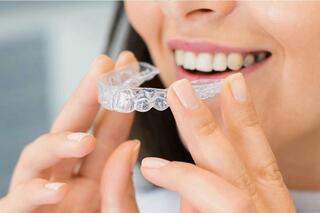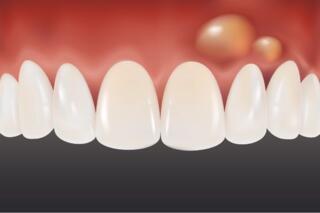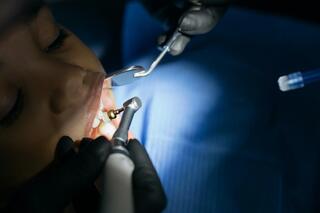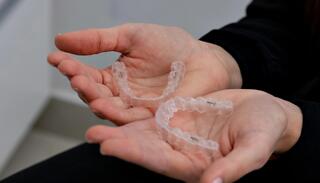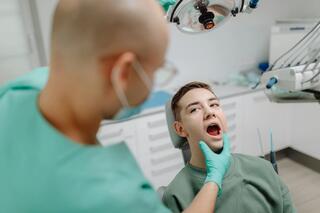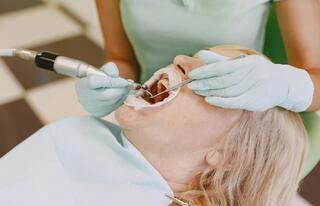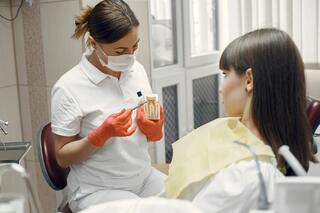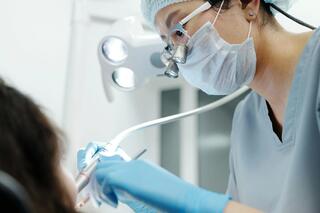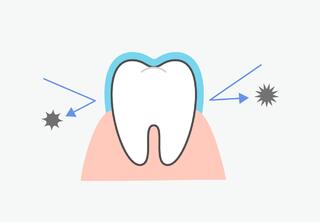Have you just completed the challenging journey towards the perfect smile of your dreams? Congratulations are truly in order. But, do you know how to maintain those results long-term? Being introduced to the world of retainers isn't just the next step after braces; it's the key to ensuring your smile stays perfect for years to come.
Our article will detail the different types of retainers, their use, maintenance, and answer the most common questions. Read on to discover how these inconspicuous, yet crucial devices can help preserve the beauty of your smile.
What It Is?
A retainer is a device that is affixed to the teeth after they have been corrected with braces or aligners. It maintains the teeth in the ideal position, preventing their shift.
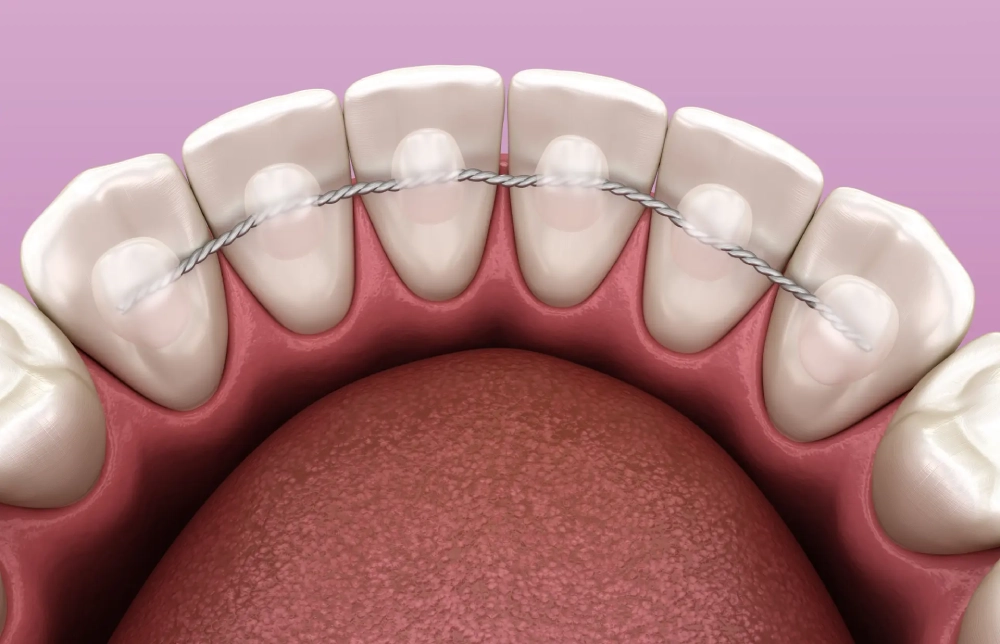
Correcting teeth with braces or aligners is a short-term process. The teeth do not have time to stabilize in the new position. Due to pressure, the ligaments can stretch or compress, causing the teeth to move.
Without retainers after removing braces, teeth can revert to their original position. During the retention period, the tension in the tissues decreases, preserving the correct position of the teeth. Using a temporary splint is a better way to secure the result than to start treatment again.
How Does It Work?
After removing braces or aligners, the bite may seem perfect, but changes continue. The roots of the teeth in the new position try to return to their original place.
A retainer keeps the teeth in place, preventing them from moving. The dentist places a metal arch or provides a cap to maintain the teeth in the correct position. While the patient wears the retainer, the bone tissue regenerates. Afterwards, the specialist can remove the device.
Indications – Do I Need a Retainer?
Retainers are typically recommended after braces during the adjustment period.
They are necessary if you:
- aligned crowded teeth;
- corrected the position of your teeth;
- closed gaps between your teeth;
- treated early stages of periodontitis.
Types
The orthodontist selects the retainer after removing the braces, considering the size, material, and attachment method:
- fixed – placed in the front area on 6-8 teeth;
- combined – fixed during the day, removable cap at night;
- removable – the patient can put on and take off the device themselves.
Fixed Retainers for Permanent Wear
A thin metal arch is attached to the inside of the front teeth. The orthodontist prepares the arch based on an individual impression.
Advantages:
- constant effect, maximum retention;
- comfortable after fitting, the arch does not interfere and is inconspicuous when smiling.
Disadvantages:
- requires thorough cleaning, similar to braces.
Fixed Retainer is applied to the six front teeth, especially for adjustments in the front group. Teeth visible when smiling are more prone to shifting and rotating than molars, making them harder to stabilize. In such cases, the doctor may recommend a combination of a fixed arch and wearing a removable cap or plate at night.
Removable Retainers
Constructions made of plastic or silicone completely cover the teeth. There are the following types of removable retainers:
- Retention Plate keeps the teeth with a metal clamp on a plastic base. Used to maintain teeth in the side area and preserve the width of the tooth row. The plate is worn at night and can last 1 to 2 years.
- Retention Cap is made of transparent plastic customized to the jaw's measurements. Initially, the cap is worn continuously. The wearing time can decrease over time, depending on the doctor's recommendations.
Advantages:
- Simplifies dental care, as the cap is removed before eating or brushing.
- Does not need to be worn constantly.
Disadvantages:
- Alters the appearance of the tooth row, visible.
- Requires self-discipline: without wearing the cap, the effect is lost.
- Requires an adjustment period, can lead to speech problems or increased salivation.
Retainer Fitting Process
Steps for stabilizing the teeth:
-
Professional Dental Cleaning.
Removal of plaque and tartar, oral rehabilitation, caries treatment, and inflammation. If necessary, fluoridation and remineralization of the enamel.
Duration: 30-60 minutes. -
Preparation.
Making impressions for the retainer. Preparing the teeth for the attachment of the metal arch.
Duration: 30 minutes. -
Attachment.
Fixing the metal arch to the teeth. Excess material is removed, the surface is polished.
Duration: 15-20 minutes. -
Retainer Removal.
Composite material is carefully removed, enamel is polished.
Comparison of removable and non-removable structures
| Removable Caps | Fixed Retainer | |
|---|---|---|
| Adaptation | The first weeks of wearing may cause discomfort. Bulky caps can affect speech and increase saliva production. | Adaptation to it after braces is quick and painless. |
| Aesthetics | Caps are visible in the mouth. | They are invisible because they are located behind the teeth. |
| Control | The patient needs to remove them before eating or brushing teeth and remember to put them back on. | It's necessary to thoroughly clean the teeth after every snack and regularly visit the orthodontist for check-ups. |
Frequently Asked Questions
How long do I need to wear a retainer?
Typically, the retention period lasts twice as long as the time spent wearing braces. The duration of treatment varies by individual, with younger patients often experiencing quicker adjustments. The older you are, the longer it may take for your teeth to settle after orthodontic correction.
Factors affecting the length of the retention period include:
- The patient's age;
- The complexity of the treatment undertaken—the more extensive the changes, the longer it takes for the teeth to adapt.
How do I clean my retainer?
Retainers should be cleaned with a soft toothbrush and toothpaste or a special cleaning solution.
When can I remove my retainer?
Typically, the removal of the device is done in several stages. A fixed wire can be removed after 2-3 years, followed by a prescription to wear a night cap. Orthodontists recommend maintaining retention for life.
How often should I visit the dentist?
A visit to the orthodontist for dental cleaning is required every six months. During the check-up, they will assess the level of fixation and the alignment of the teeth. If necessary, they may adjust or repair the device.
Do children need to wear a retainer after braces?
Absolutely, to prevent the teeth from returning to their original position after the removal of braces. However, the retention period for children or adolescents will be shorter.
What should I avoid while wearing it?
It's advised to avoid hard food and not to chew on anything that could deform or break the metal wire.
With removable devices, eating while wearing them is not recommended to avoid breakage. Also, they should not be washed or cleaned in hot water to prevent damage.
What if my retainer breaks or gets lost?
If your retainer breaks or is lost, contact your orthodontist as soon as possible.
